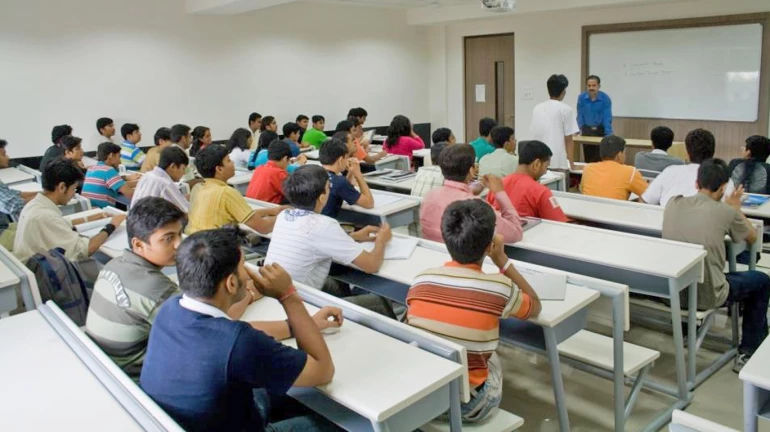
The Supreme Court (SC) on Friday, August 9, halted the ban on wearing headscarves, burqas, niqabs, hijabs, and similar clothing inside a Mumbai college premises.
The bench comprising Justices Sanjiv Khanna and Sanjay Kumar stated that female students should have the freedom to choose what they wear. However, the court ruled that no religious acts could be allowed on campus and that girls could not wear burqas in class.
They questioned the college's selective ban on religious insignia. The justices asked why other religious symbols, such as tilaks and bindis, were not included in the ban if the aim was to establish a uniform dress code.
Justice Kumar noted that colleges cannot dictate what female students must wear. It also talked about the importance of respecting religious diversity.
The case stemmed from a circular issued by NG Acharya & DK Marathe College, a branch of the Chembur Trombay Education Society. On May 1, the college posted the notification in its official WhatsApp group. The notification banned students from wearing stoles, hats, badges, niqabs, burqas, or hijabs on campus.
In response, nine female students, enrolled in a science degree course, objected to the ban. They argued that it violated their fundamental rights, including the right to practice their religion, privacy, and personal choice.
The students first approached the principal and college administration, requesting that the ban on Muslim attire be lifted. When their requests were ignored, they sought help from the University Grants Commission and the chancellor and vice chancellor of Mumbai University.
After receiving no response, the students filed a petition with the Bombay High Court. The petitioners' attorney, Altaf Khan, cited the Quran to argue that wearing a headscarf is a mandatory aspect of Islam. The appeal described the college's actions as arbitrary and unreasonable.
During the high court hearing, the college administration denied any intention to discriminate against Muslim students. Senior counsel Anil Anturkar represented the college, arguing that the dress code applied to students of all castes and religions. He stated that the ban was intended to maintain discipline and enforce a uniform dress code.





